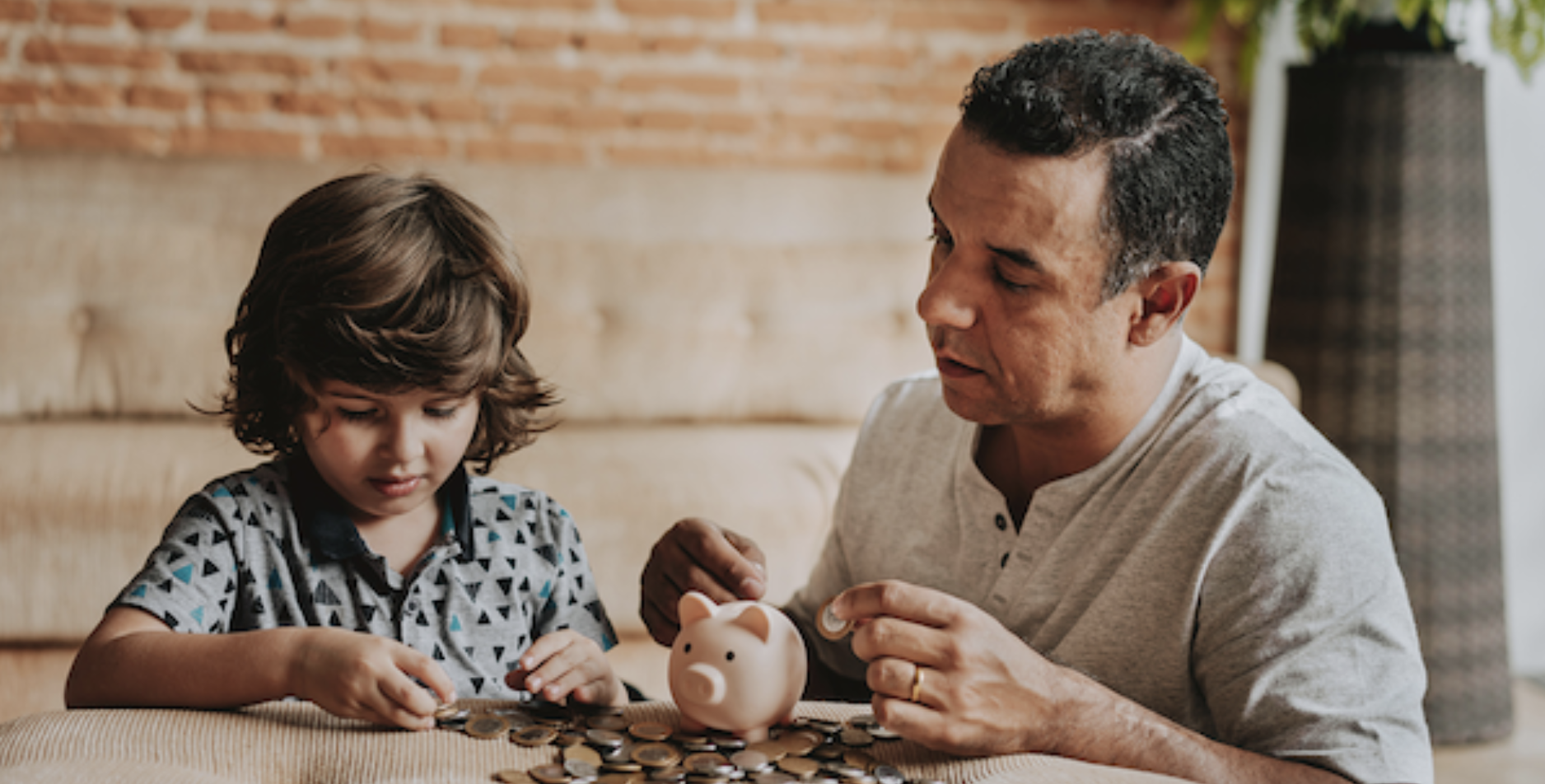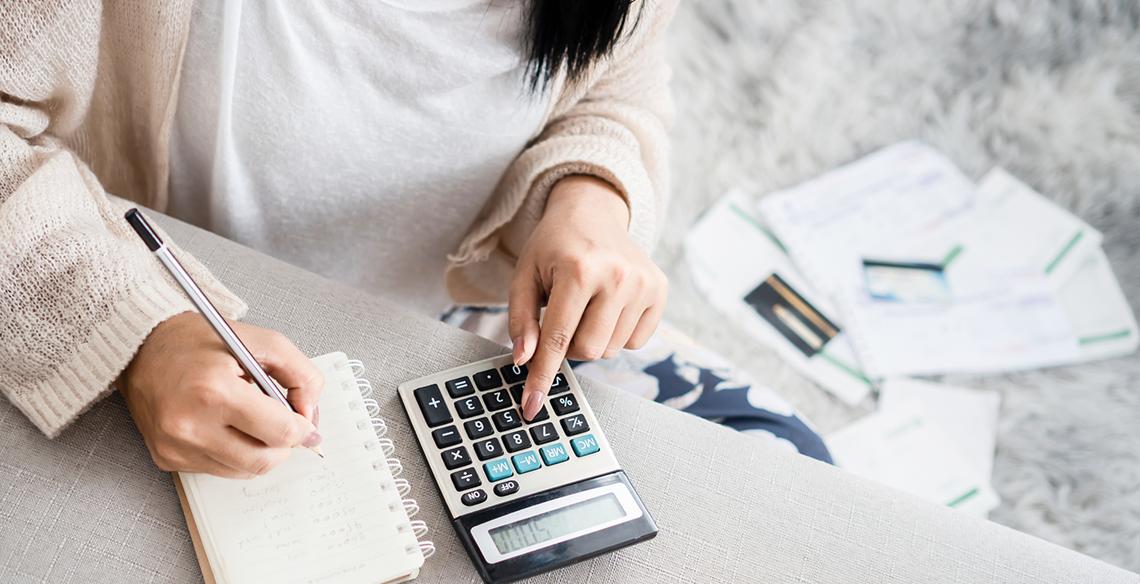It’s no secret that we throw a lot of stuff away. In fact, the EPA estimates we generated 254 million tons of trash (including recycling) in 2013 alone. That’s 4.4 pounds per person per day in the United States. With only 34.3 percent of this recycled or composted, 167 million tons of this trash was, well… trashed.
If we could cut this waste in half, we could potentially do a lot of good for our environment. And if keeping the earth green and the oceans free of debris is not motivation enough for you, you could be saving some serious money for yourself. Here are a few ways to help you cut down on your waste:
- Buy only what you’ll use. We love shopping in bulk. The popularity of warehouse stores is evidence enough of this. The pull of paying less per unit often drives us to buy more of it at once. But if you don’t use it right away or store it properly, it ends up in the trash. According to the American Chemistry Council, every household throws an average of $640 of food in the trash every year. That’s food that went bad or succumbed to freezer burn, leftovers from last night you don’t feel like eating, and more. Here’s how you can limit this: Go through your pantry and fridge before you grocery shop. Use what you have and make a meal plan for the week. Then – stick to the plan! Leftovers make good lunches for the next day, which can save you even more money! And the food that you buy to use later because it’s on sale? Make sure it’s stored in an airtight container until you’re ready to use it.
- Donate before you trash. Or even re-purpose before you trash. So often we throw things away that someone else could use. If you don’t want your clothes anymore, try donating them (which could be taken as a deduction on your taxes) or selling them at a consignment store (to bring in a little extra cash) first. Sometimes clothes end up in the trash because they have holes in them. These can be cut into rags to use for dusting, scrubbing, washing windows, and more. You’ll find you don’t need as many paper towels when you’re using raggedy old clothes to help you clean. But what about furniture and appliances? Sometimes a chair just needs a good scrub or a new cover to look pretty. Post it for free online if you don’t want to sell it. Someone can pick it up and make it work for them before it ends up in a landfill. The same with your appliances – many companies will pick them up and recycle them properly for you.
- Choose reusable rather than disposable. Household items that you can use multiple times are a lot more eco-friendly than one-and-done items. Here are a few to get started with:
- Bags: You can find reusable grocery bags at the checkout counter of almost every grocery store these days. But you don’t have to buy them to use them. Oftentimes, grocers will give you a bag for meeting certain purchase requirements. And because of their popularity, businesses pass them out for free at events and fairs. The best part? Most stores will give you a discount for using them. Sprouts gives you 10 cents for every bag you use – 10 bags a week for a year is $52!
- Jars: So many of our groceries come in glass jars that we just throw away. It’s very easy to peel the labels off and wash them. Then, they can be used to store homemade salad dressings, dry grains, and anything you would put in a mason jar.
- Coffee Cups: Styrofoam coffee cups are detrimental to the environment and add up over time. Buy traveler coffee cups and plastic tumblers on clearance to take your coffee (hot or cold) with you wherever you go. If you take good care of them, the reusable cups can last for years – saving you money over time and keeping waste out of the landfill.
There are many more ways to reduce your carbon footprint, like signing up to receive your bank statements and bills online instead of by paper mail or using Popmoney® instead of checks to send money to friends and family.
What are your favorite ways to go green?



